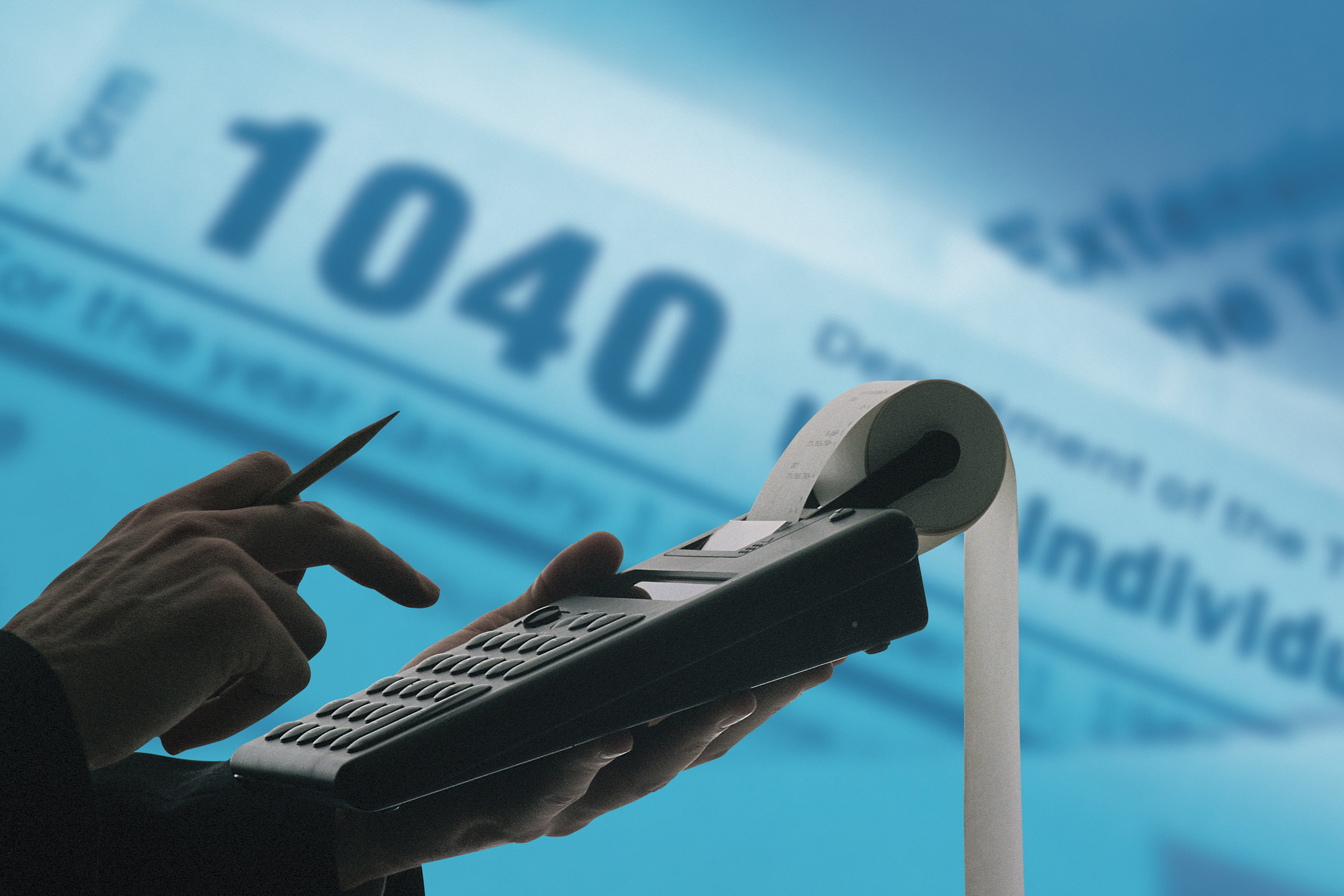The government is counting on earning 1,287 trillion rials (about $30 billion) in tax revenues in the next fiscal year (March 2018-19) as per the budget bill submitted to parliament back in December.
The figure shows an 11% rise compared with the budget law of the current year (ending March 20, 2018), which put tax revenues at 1,164 trillion rials ($27.06 billion).
Nonetheless, the research arm of the parliament says about 45 trillion rials ($1.04 billion) of the predicted figure will not be realized, given the recession and state of the economy.
The budget bill has considered an 8% rise in revenues from value added tax, a subcategory of tax on goods and services, while the VAT rate will remain unchanged compared with the current year’s rate to stand at 9%.
The government’s tax revenues consist of its returns from direct and indirect taxation. Direct taxes include three groups of “tax on legal entities”, “income tax” and “wealth tax”.
As per the budget bill, the projected revenues from tax on legal entities stand at 360,927 billion rials ($8.39 billion), indicating a 2% decline compared with the budget law of the current year.
Predicted proceeds from income tax are at 193,958 billion rials ($4.51 billion), showing a 13% rise while estimated revenues from wealth tax stand at 34,906 billion rials ($811.76 million)–an 18% increase compared to the current year’s budget.
Indirect taxes include “tax on imports” and “tax on goods and services”.
The government expects to earn 230,190 billion rials ($5.35 billion) out of tax on imports, 32% more than what is projected in the current year’s budget and 467,208 billion rials ($10.8 billion) out of tax on goods and services, marking an 11% increase.
> Backbone of Next Year's Budget
Mohammad Reza Pour-Ebrahimi, the head of Majlis Economic Commission, said tax revenues would be the backbone of next year’s budget.
As much as 1,000 trillion rials ($23.8 billion) had been projected as tax revenues in the current fiscal budget (March 2017-18), more than 85% of which (around $19 billion) were realized in the eight months to Nov. 21, Chairman of Iranian National Tax Administration Kamel Taqavinejad said last month.
Yet, the Central Bank of Iran's latest report shows although tax revenues were estimated to hover around 689.2 trillion rials ($16.4 billion) for the seven months of the current fiscal year (ended Oct. 22), they only reached 526.4 trillion ($12.53 billion), registering a 2.7% increase YOY.
Overall, direct tax revenues stood at 261.3 trillion rials ($6.22 billion) during the seven months, registering a decline of 5.7% YOY. Indirect taxes, including “tax on imports” and “tax on goods and services”, reached 265.1 trillion rials ($ billion), indicating a 12.6% rise YOY.
Tax on imports generated 54.8 trillion rials ($1.3 billion), 11% more than last year’s corresponding period while tax on goods and services earned the government 210.3 trillion rials ($5 billion), up 13.1% YOY. Value added tax, which is a subcategory of tax on goods and services, increased by 27.9% to reach 146.8 trillion rials ($3.49 billion).
> Becoming a Dependable Source of Revenue
Iran's average tax-to-GDP ratio has improved from 5.4% in the fiscal 2012-13 to 7.9% in 2016-17. However, the ratio is still low compared to that of many developed countries.
Iranian economist Saeed Leylaz believes tax revenues would become a dependable source of income for the country, if they increase to 12% of the gross domestic product in three to four years to reach 1,500 to 2,000 trillion rials ($37.5-50 billion) per annum.
"The incumbent government or future governments need to earn their revenues through taxation and that’s possible by eliminating tax exemptions and employing tax technology,” he said.
Leylaz believes the best starting point for structural reform in the economy is by removing tax exemptions.
According to Chairman of Iranian National Tax Administration Kamel Taqavinejad, 20% of taxpayers in Iran pay 80% of all tax while about 65% of all taxpayers are either exempt or pay less than 10 million rials ($266) in tax.
INTA’s figures show tax evasion amounts to 140-300 trillion rials ($3.5-7.5 billion) in the country due to the gray economy, smuggling and lack of transparency.
Thanks to a relatively moderate 25% corporate income tax and no domestic withholding tax on dividends, Iran is one of the emerging markets where locally created value and cash repatriation to the investor’s home country attract the lowest taxes.
Even though in benchmark countries, depending on the investor’s home jurisdiction, relevant double taxation treaties may mitigate withholding tax on dividends. However, this does not change Iran’s top rank.


